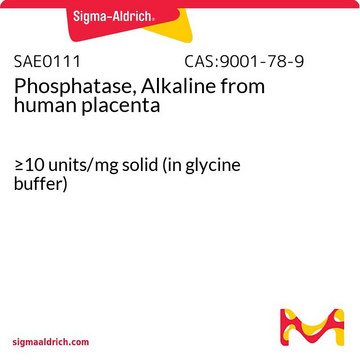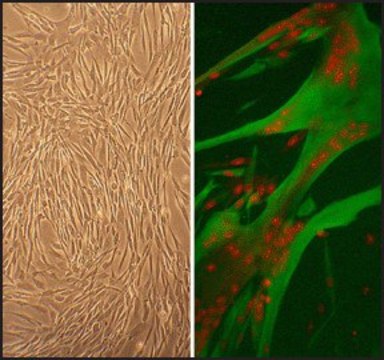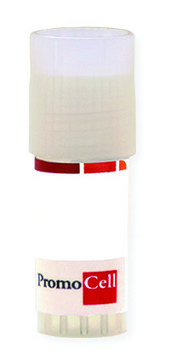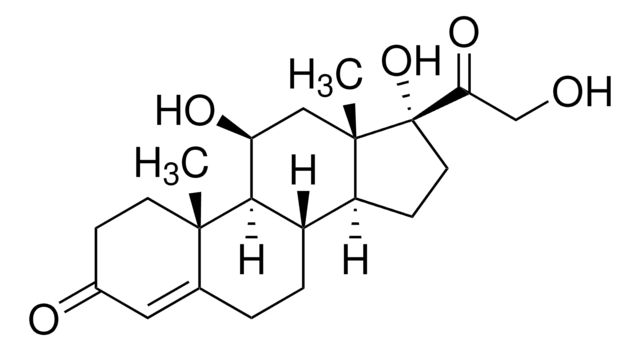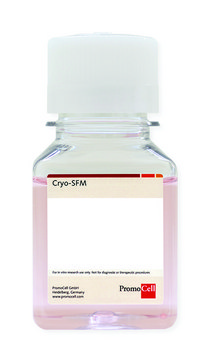SCC139M
PMC42-LA Human Breast Cancer Cell Line
Human
Synonym(s):
PMC42LA Cell Line
About This Item
Recommended Products
Product Name
PMC42-LA Human Breast Cancer Cell Line, PMC42-LA human breast cancer cell line is a mammary epithelial cell model that can be used to study epithelial to mesenchymal transition.
biological source
human
Quality Level
technique(s)
cell culture | mammalian: suitable
General description
Initiated from a pleural effusion of a metastatic breast cancer patient, the human mesenchymal breast carcinoma cell line PMC42 (also known as PMC42ET), is unique in that these cells remained pleomorphic even after several years of sustained culture . Typically grown in monolayer, PMC42 continue to give rise to numerous morphologically different cell types of both secretory and myoepithelial characteristics and this retained ability to differentiate in vitro earned their designation as stem cell like .
Cell Line Description
Application
Cancer
Oncology
Quality
• Cells are tested by PCR and are negative for HPV-16, HPV-18, Hepatitis A, C, and HIV-1 & 2 viruses.
• Cells are negative for mycoplasma contamination.
• Each lot of cells is genotyped by STR analysis to verify the unique identity of the cell line.
Storage and Stability
Disclaimer
Storage Class Code
12 - Non Combustible Liquids
WGK
WGK 1
Flash Point(F)
Not applicable
Flash Point(C)
Not applicable
Regulatory Information
Certificates of Analysis (COA)
Search for Certificates of Analysis (COA) by entering the products Lot/Batch Number. Lot and Batch Numbers can be found on a product’s label following the words ‘Lot’ or ‘Batch’.
Already Own This Product?
Find documentation for the products that you have recently purchased in the Document Library.
Our team of scientists has experience in all areas of research including Life Science, Material Science, Chemical Synthesis, Chromatography, Analytical and many others.
Contact Technical Service